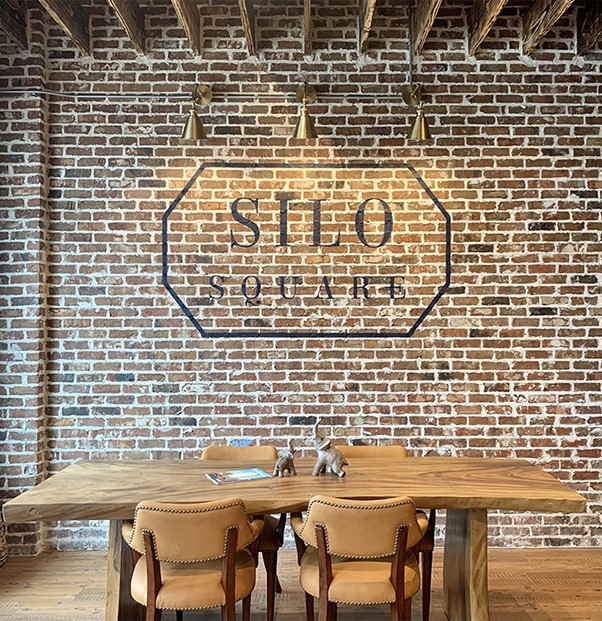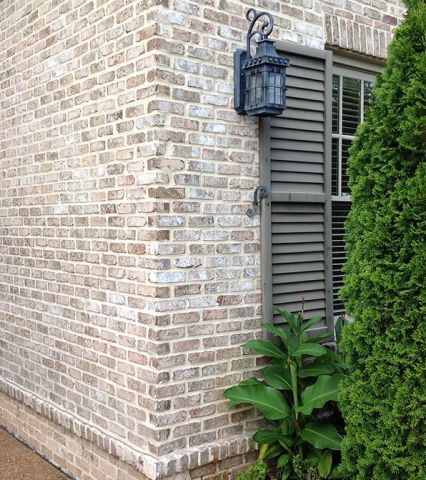
The Sustainability Advantages of Brick: Building Green with Timeless Style

In today's world, building with sustainability in mind is no longer a luxury, it's a necessity. As we strive to minimize our environmental impact, choosing the right building materials is crucial. Brick, a material with a rich history dating back a millennia, surprisingly offers a multitude of sustainability advantages that make it a compelling choice for modern construction.
1. Durability and Longevity: Building to Last
One of the most significant sustainability benefits of brick is its incredible durability. Brick buildings can last for centuries with minimal maintenance, significantly reducing the need for repairs and renovations. This translates to less construction waste and a lower overall environmental footprint compared to buildings constructed with materials with shorter lifespans.
2. Energy Efficiency: Keeping You Cool in Summer, Warm in Winter
Brick's inherent thermal mass – its ability to absorb and store heat – plays a vital role in energy efficiency. During hot summers, brick walls absorb heat from the interior, keeping your living space cooler. Conversely, in colder months, the stored heat radiates back into the building, reducing reliance on heating systems. This translates to lower energy consumption and a smaller carbon footprint for your home.
3. Reduced Maintenance Needs: Less is More
Brick requires minimal maintenance compared to other exterior materials. Unlike wood or vinyl siding, brick won't rot, warp, or crack. Regular cleaning with a simple solution of water and mild detergent is usually sufficient. This translates to a reduction in the need for harsh chemicals, minimizing environmental impact.
4. Natural and Abundant Resources: A Responsible Choice
Brick is primarily made from natural materials like clay, shale, and water. These resources are readily available and can be sourced locally, minimizing transportation emissions associated with construction projects. Additionally, Cherokee Brick utilizes sustainable practices in our manufacturing processes, ensuring responsible resource utilization.
5. End-of-Life Advantages: Recycling and Repurposing
Brick doesn't become useless at the end of its lifespan. Old brick can be crushed and reused as aggregate in new construction projects, roadbeds, or landscaping applications. Alternatively, reclaimed brick can be cleaned and repurposed to add a touch of history and character to new structures. This minimizes construction waste and promotes a circular economy.
6. Improved Indoor Air Quality: Breathe Easy with Brick
Brick is a naturally inert material that doesn't emit harmful toxins or volatile organic compounds (VOCs) commonly found in some building materials. This contributes to a healthier indoor environment, improving air quality and reducing potential health risks for occupants.
7. Fire Resistance: Safety and Peace of Mind
Brick is a fire-resistant material, providing a vital layer of safety for your home or building. In the event of a fire, brick walls act as a barrier, slowing the spread of flames and protecting the structure's integrity. This can minimize potential damage and ensure the safety of occupants.

Building a Sustainable Future with Brick
By choosing brick, you're not just selecting a beautiful and timeless building material, you're making a responsible environmental choice. From its incredible durability to its natural properties and end-of-life advantages, brick offers a sustainable solution for modern construction.
Cherokee Brick: Committed to Sustainability
At Cherokee Brick, we understand the importance of building a sustainable future. We're dedicated to responsible manufacturing practices and continuous improvement to minimize our environmental impact. Explore our wide selection of beautiful and sustainable brick options to find the perfect fit for your next project. Let's build a greener future, together, brick by brick.
Resources: